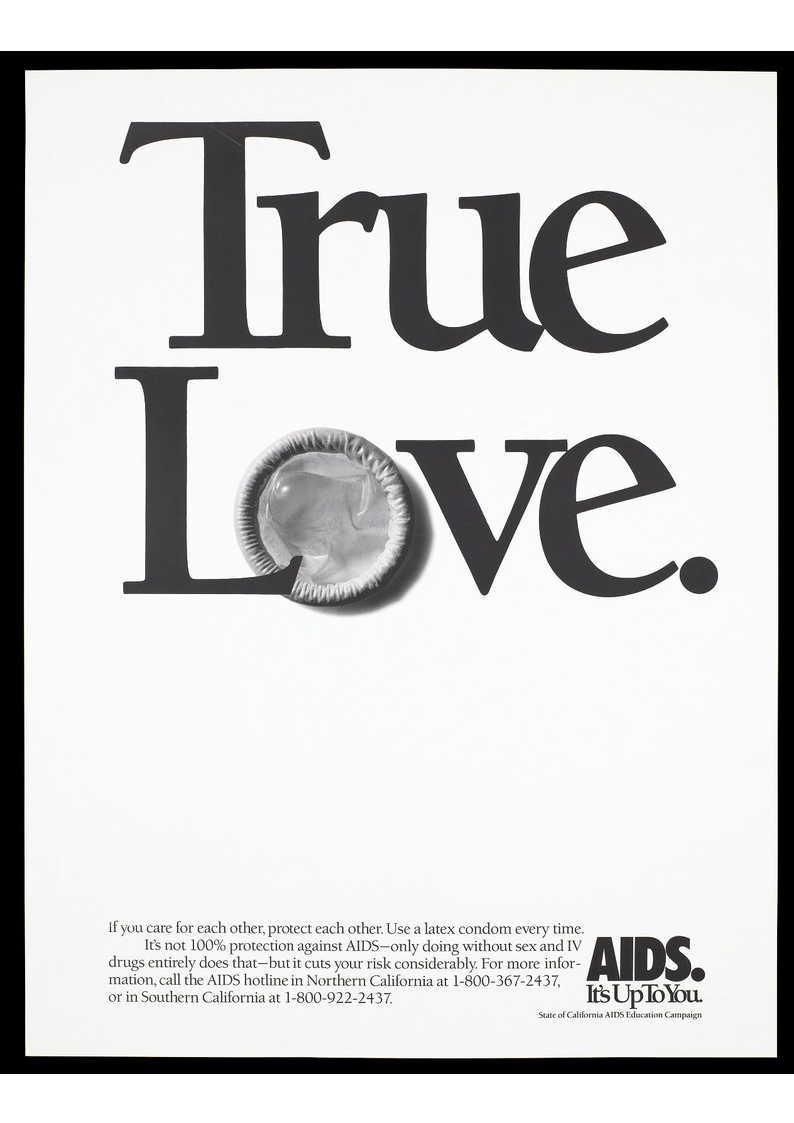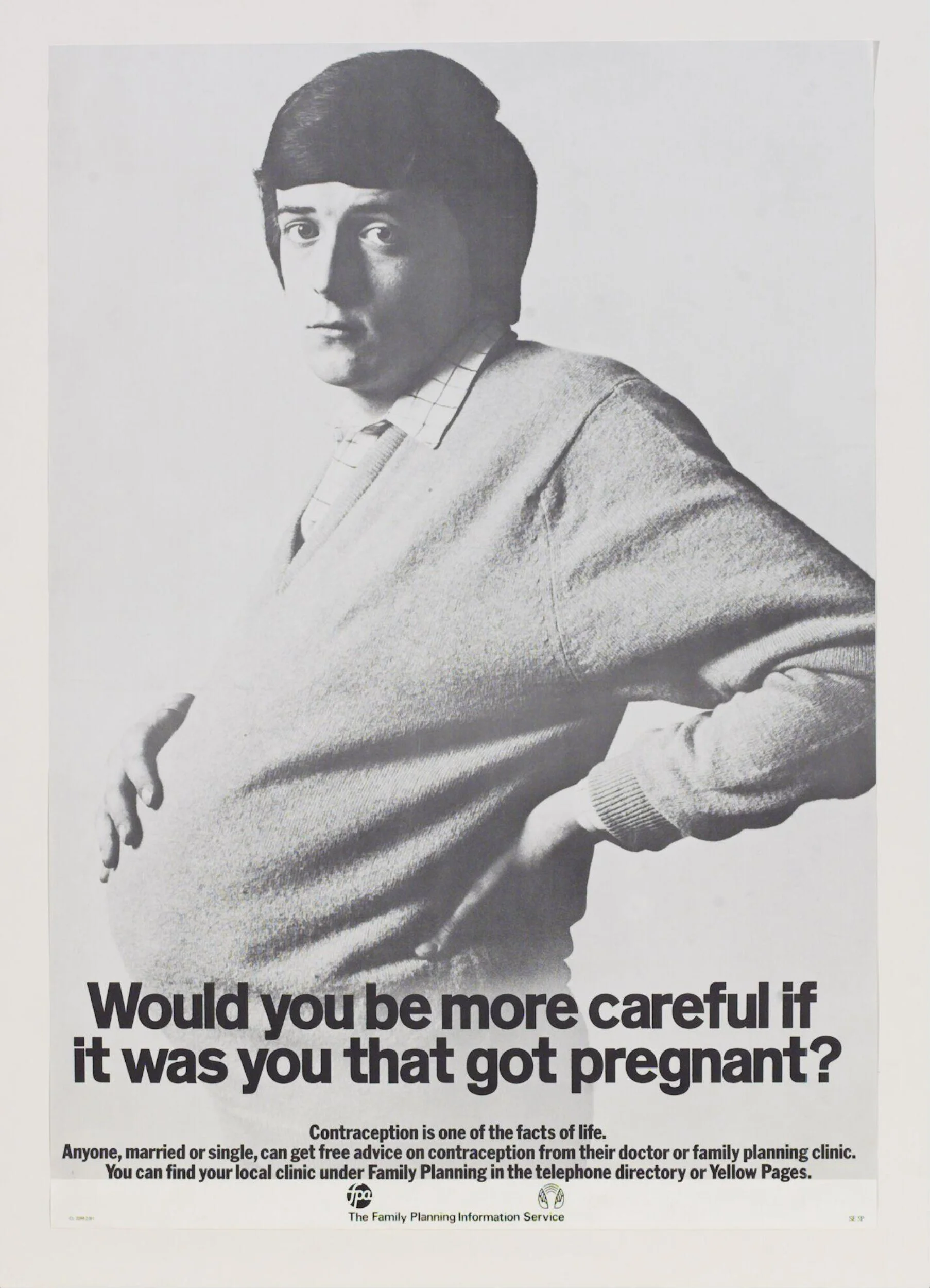Exploring Empathy-Driven Storytelling in Public Health, Science, and Branding
With a background in public health, branding, and storytelling, my research examines how design theories, sociolinguistics, and narrative studies intersect with empathy to create more impactful communication strategies.
Featured Research Frameworks:
S4E – A critical framework for messaging in public health.
The 10 Ps of Empathy – A playbook for communicating science with empathy.
✅ Science Communication
✅ Public Health Messaging
✅ Empathy-Driven Storytelling
✅ Change Communication
✅ Corporate Branding
✅ Personal Branding
· How to use the power of storytelling to elicit empathic behavior during health crises
· Potential of creative choices within design and their implications for public health campaigns
· How to collaborate with various actors - (S4)States, Science, Storytellers, Society, and Silent stakeholders - shadow undercurrents such as big donors, faith, and culture - to communicate Science
Constructing Science and Change narratives is a rare but critical art form. From public health and social issues to pharmaceuticals and climate, I’m fascinated by Storytellers who make us care about our bodies, our environment, and others. In this section, I collect and curate communication materials that continue to nudge us toward empathy.
I do not own the copyrights to these materials.
How to sell prevention with compassion
This poster is an early AIDS/HIV poster from the State of California AIDS Education Campaign. It features the headline "TRUE LOVE," with the "O" in LOVE replaced by a condom. The lead message states: "If you care for each other, protect each other."
Key Lessons
Don’t lead with Science.
Use a human story. Love is more relatable than prevention.
People don’t just look for ads. Find a creative nudge to get people interested. Move your audience from a state of indifference to investment.
A science that communicates has a humble tone. Give room for an evolutionary point of view because that’s how Science works. Note the humility: it is not 100% against AIDS.
Reframe the subject. Ask: who is the audience we need to speak to?
This contraception advertisement did not consider women as its primary audience; instead, it was directed toward men. It asks, "Would you be more careful if you were the one to get pregnant?" and features an image of a pregnant man. This is a classic Satchi and Satchi master class in empathic advertising—it is rooted in compassion for the affected subjects (women).
Key Lessons
Think systemic. Should we burden our subject with another question or examine systemic barriers and direct our ads toward them?
Take a side. The Storyteller has an agency to address inequity by intentionally crafting stories that side with the oppressed.
Get our attention from the word go. Break a glass, shatter a stereotype, or do something to make us look. Don’t be vanilla. Say what you need to say and run away.


